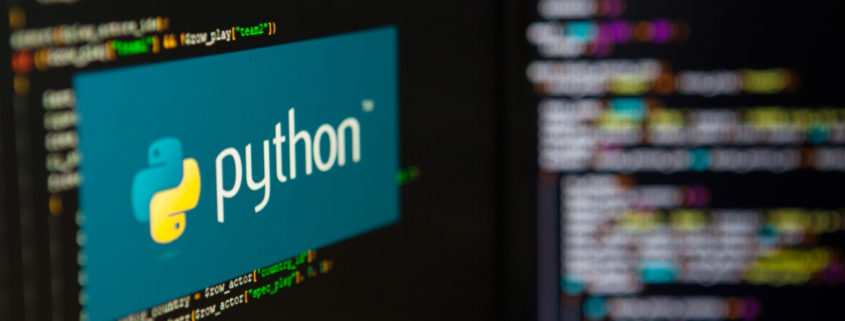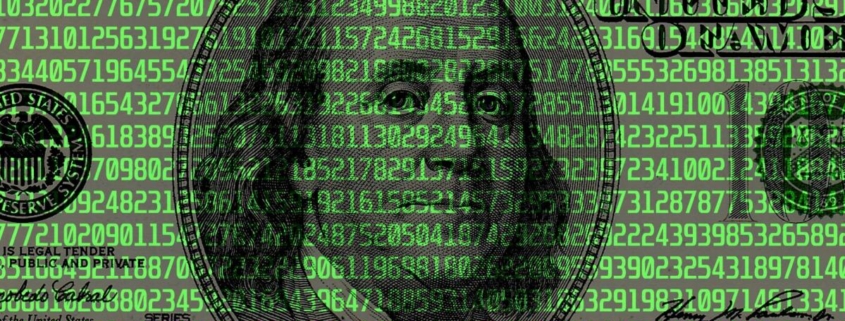5 Most Dangerous New Hacking Techniques

Increasing Militarization Of The Internet
The rise of Stuxnet, Flame, Gause, the Olympic Games operations and Shamoon have all shed light on the issue of nation-state driven cyberwarfare and cyberespionage activities. Now that we are in cyberspace, we have another domain for humans to occupy and dominate, according to Ed Skoudis, founder of Counter Hack Challenges.
Skoudis told RSA Conference 2013 attendees that he worries about some of the risks of taking action over the Internet. Many of the nation-state driven activities could have a tremendous impact on the private sector, he said. “It could have a cascading impact,” he said. “It is possible that every cyberaction could cause bigger problems than people think.” Some of the techniques outlined by Skoudis and Johannes Ullrich, chief research officer at the SANS Institute are not new, but they are being ramped up by cybercriminals to become a serious problem.
Here’s a look at the five most dangerous new hacking techniques that concern top security experts Ullrich and Skoudis.

Rise Of Offensive Forensics
Anti-forensics is the process of cybercriminals getting into a targeted environment and hacking the forensics tools themselves. Offensive forensics is taking forensics techniques and analyzing file systems and memory in-depth then combing them for information assets and extracting them.

Mis-Attribuiton
The industrial processes used to build Stuxnet and other malware provides unique fingerprints for malware analysis investigators to categorize it. Coding styles down to machine level language can indicate a specific threat actor. A nation-state backed cybercriminal that doesn’t want to get noticed may place phony clues in malware to shake off investigators, Skoudis said. The catastrophic attack on Saudi Aramco via Shamoon infections on that company’s workstations had some…



